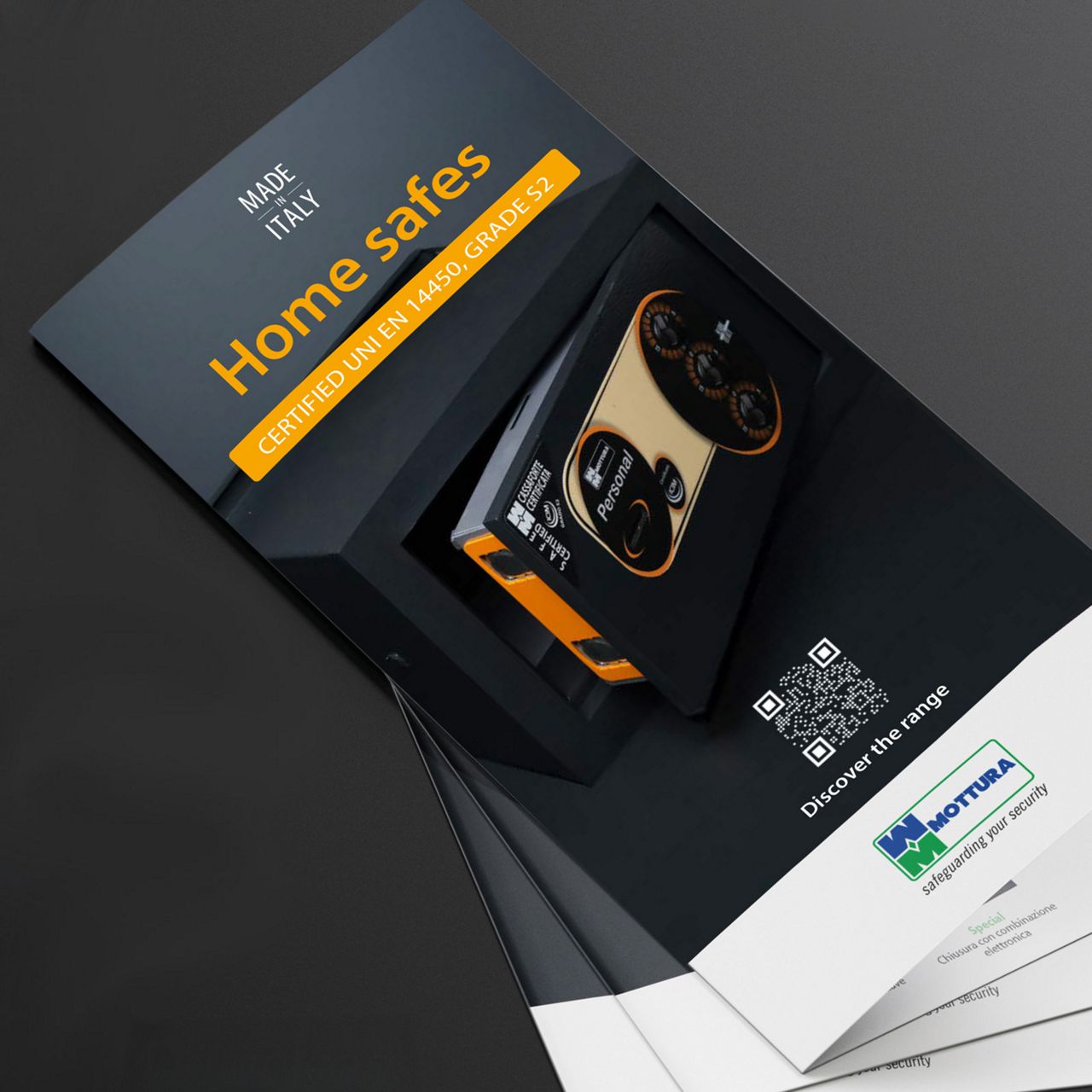Which safes are most secure?


When it comes to the security of your valuables, money or business devices and documents, choosing the right safe model by considering only where it will be installed is not enough.
You must also pay attention to the level of security and choose the one that best suits your needs.
But what makes a safe really secure? Here are some tips from our security experts to help you make your choice.
Consider materials and protection mechanisms
The choice of materials of construction and the protection mechanisms with which the safe is built are two essential elements in considering whether it is truly attack-proof.
Make sure that the walls and front are made of steel and of the right thickness to resist break-in attempts, and that the safe's opening mechanism is protected by additional plates, such as manganese plates.
The deadbolts should be made of anti-knock steel and not only on the front, but also on the top and bottom sides of the door.
Choose a certified safe
The best way to consider the security level of a safe is to check whether or not it has international certification. There are several security standards that attest to the resistance to attack by thieves, such as the European standards EN 14450, EN 1143-1 and EN 1300.
Standard EN 14450 relates to safes for private use and establishes the degree of resistance of the product to various burglary attempts using tools such as crowbars, hammers, drills, etc. The devices tested must meet a number of basic requirements to obtain certification and, depending on the results, can be classified according to two different degrees of security.
For example, Mottura Personal, No Problem, Cash and Under safes are certified to EN 14450 with a degree of resistance S2, the highest established by the standard.
Hypersafe safes, on the other hand, are tested for their burglary resistance according to the EN 1143-1 standard for safes for professional use.
The certification of safes is also of great importance when it comes to insuring stored goods. The higher the degree of resistance of the safe, the higher the insurance value that can be granted by the various insurance companies, using the recommended European ceilings as a reference.
Not only the structure of safes can be certified, but also the lock used to close the door, as in the case of our Hypersafe, Personal, No Problem, Concret, Cash and Under models. In this case, the EN 1300 standard tests the security level of the lock against break-in attempts.
Is a mechanical or electronic safe better?
Both mechanical and electronic locking safes have advantages and disadvantages.
Mechanical key models are among the most popular and are extremely reliable: they do not require a PIN code to be memorised and batteries to operate the electronic keypad. The disadvantage concerns the storage of the key: if it is stolen or lost, the lock or safe may have to be replaced.
On the other hand, safes with a mechanical combinator or electronic keypad do not require a key for opening, so you do not run the risk of losing it, but you must always keep your opening code in mind. In the case of the electronic dialer, one must also make sure that the batteries are always sufficiently charged.
To minimise disadvantages, there are also models with two types of opening (key and combination).
Now that you have a more complete picture of what the parameters are for evaluating the degree of security of a safe, make an informed choice of the right model for your needs.

